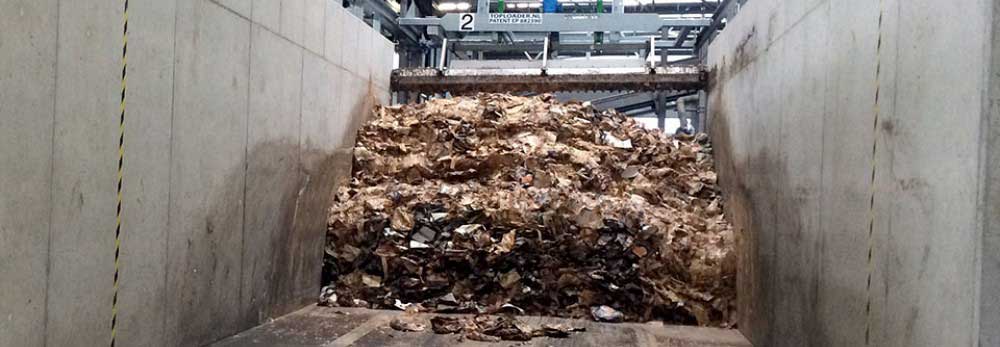
Those working in the world of entertainment come across fog machines on a daily basis. They play a fundamental part of in special effects and help create some of our favourite and most unforgettable scenes in entertainment history.
But how much do you actually know about the ins and outs of how they work? Here we take you behind the scenes to demystify the humble fog machine.
Fog Machines - Why do we use them?
We can start by taking a look at fog machines primary uses in other industries.
Some of you might be surprised to learn that fog machines are commonly used and particularly effective as a dust suppression device. The thin layer of fog traps dust at the source, combining with it and causing it to fall from the air. The uses do not end there, fog machines are also effective for humidity control and for cooling purposes.
But let’s talk about their more familiar uses. A staple in the entertainment industry, fog and mist machines are used across the board for a range of visual effects.
For example, in theatre, using fog sparingly is best practice but that subtly is precisely why it makes such an impact. Fog can be used to shift on stage to emphasise the performers’ movements. It is particularly effective for atmospheric purposes in general; spooky, mysterious, eerie, dreamlike - you name it, fog can help bring the effect together.
The fog machine is a favourite for Halloween attractions and theme parks, and even music concerts for that ‘rock band ethos’! We even kitted out Chester Zoo with a state of the art fogging system.
In the movie industry, it gets even more technical, as fog can be utilised to add depth of field to shots, diffuse lights and soften shadows.
Small, discreet and hidden away the fog machine is the perfect fit for subtle inclusion on a set or stage production. Amazingly, some fog machines can even be positioned underwater, meaning there are minimal distractions to take away from the atmospheric impact.Fog Machines - How do they work?
Explaining natural fog is essentially understanding changes in the earth’s temperature. For a cloud that’s at ground level, water vapour condenses into small droplets when the air cools close to the Earth’s surface.
Of course, professionals in the entertainment industry need to be able to call on fog at a moments notice - so what’s the process behind the fog that comes out of a machine?
There are two main methods a fog machine can use. The first is when compressed air is injected into the water stream, and then forced to hit a target to atomise the water.
The second method is much more versatile. It involves feeding water at high pressure through lengths of flexible tubing to a network of nozzles to produce a plume of fog. Being able to use different misting nozzles means a variety of different effects can be produced.
The nozzles on the fog machines are easy to add, reposition or remove, to achieve the effect required.
Fog Machines - The Safety
Fog machine safety has come a long way. Some people tend to think there’s a risk of skin irritation or respiratory problems, but that’s a thing of the past with modern, water-based fog machines. Here, it’s simply the quality of the water inside the machine that should be paid attention to.
Fog machines now all built with a water cleansing system, this prevents the risk of water-borne diseases like Legionnaire’s.
As with any new purchase always be sure to always consult the manufacturers’ guide before using a fog machine to ensure you’re operating it in a safe way. For further guidance and information on the safe use of fog in the entertainment industry, visit The Health and Safety Executive.
Fog Machines - The Future
From school plays to the biggest blockbuster hits, fog machines will continue to be a fundamental part of the entertainment industry. They allow us to escape reality, transporting us to another place in which dreams and imagination become something almost tangible. The future is bright and we can’t wait to see where it takes us!











